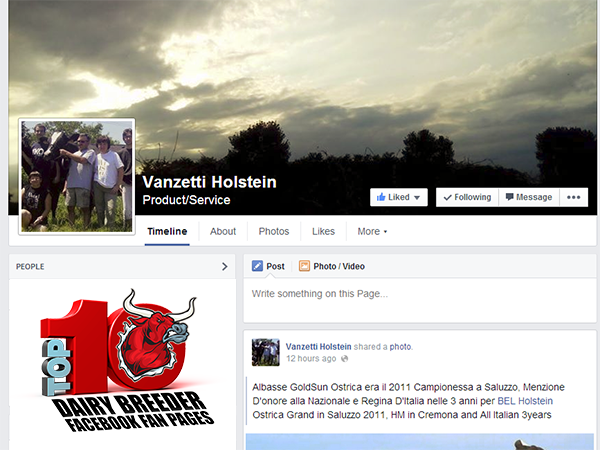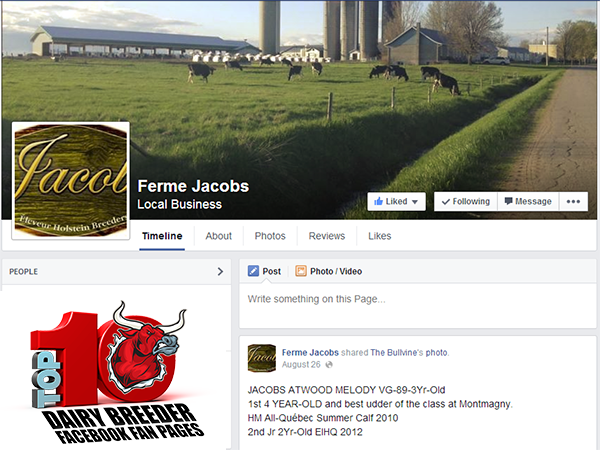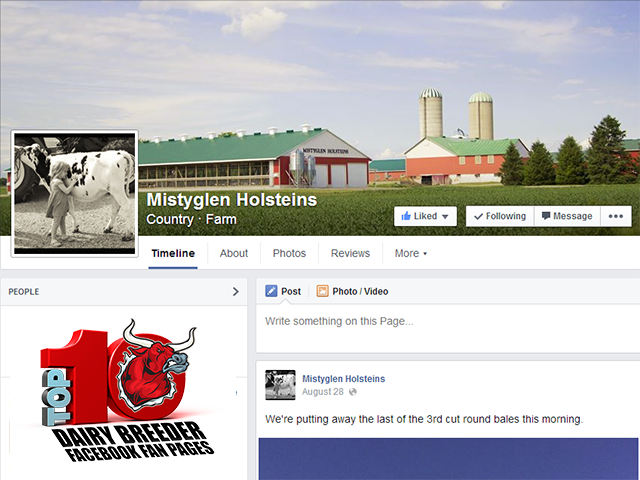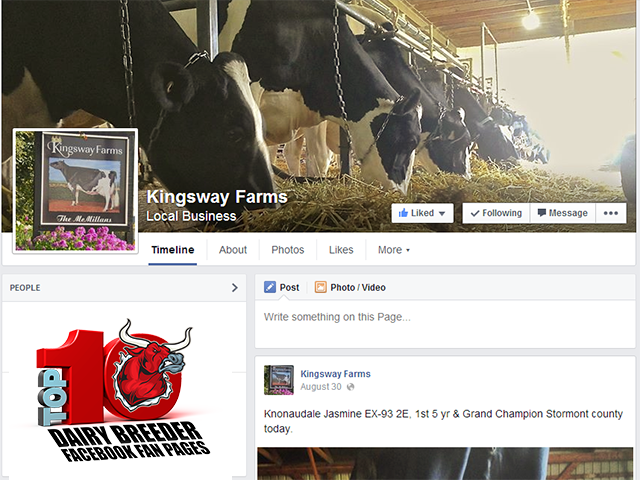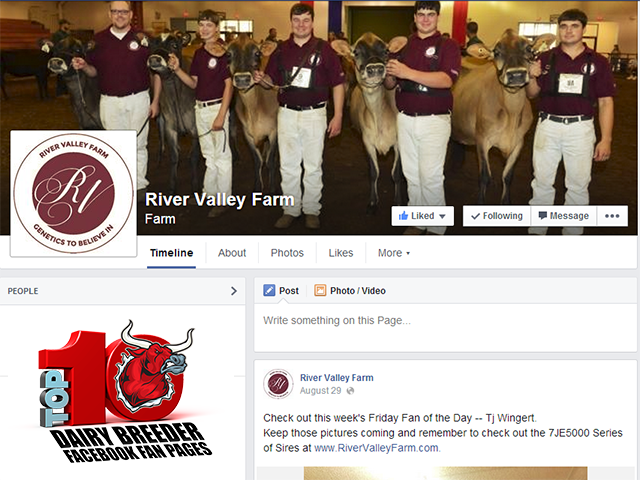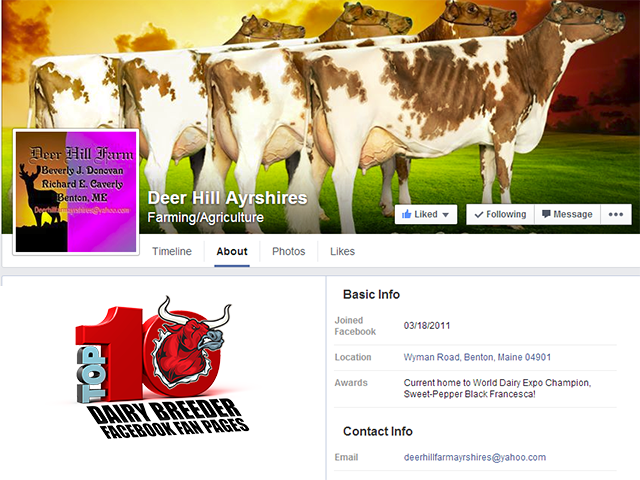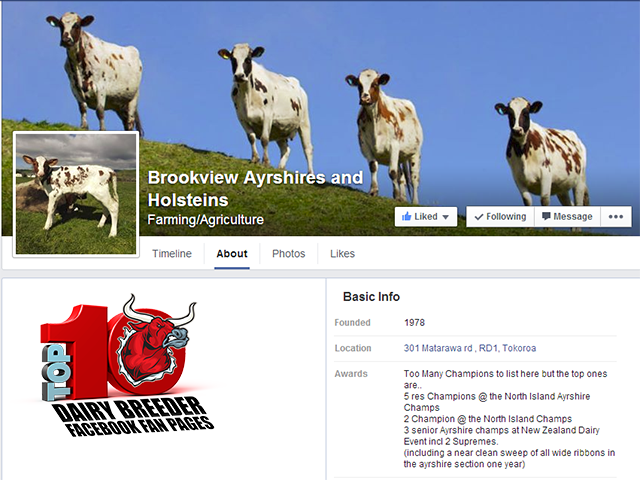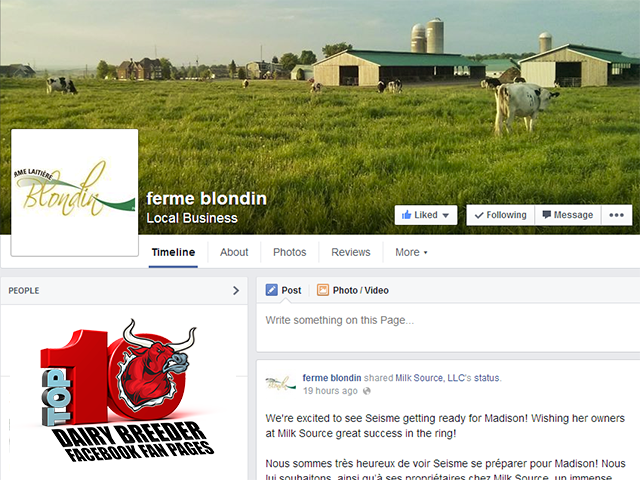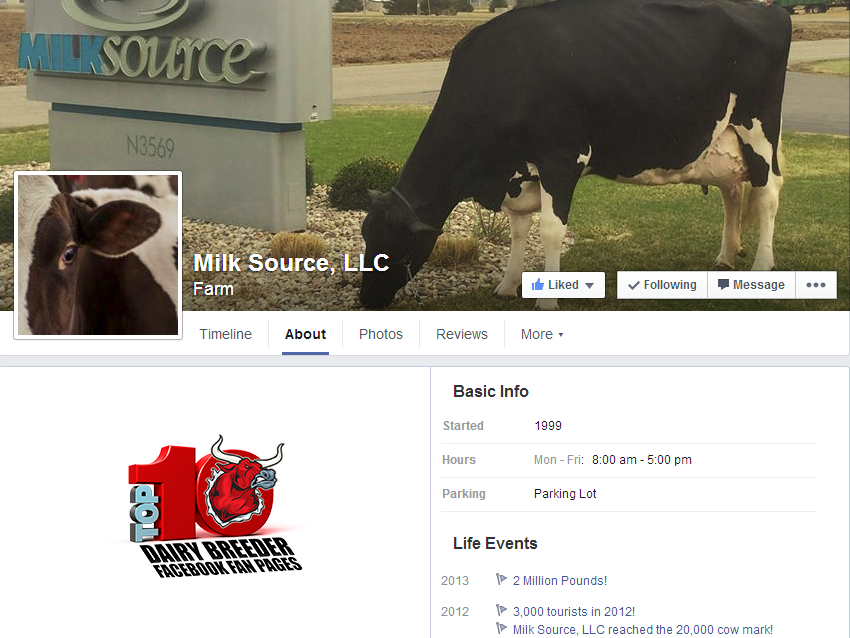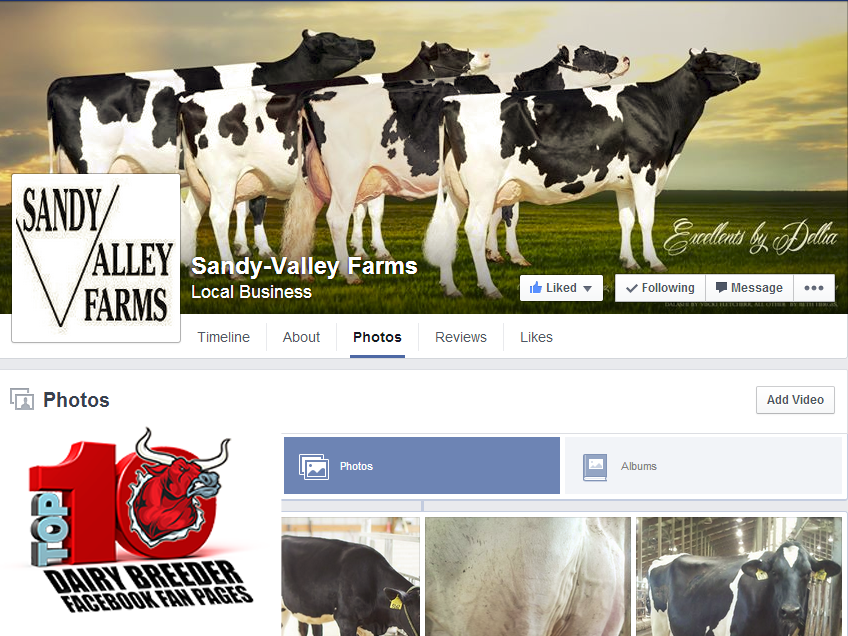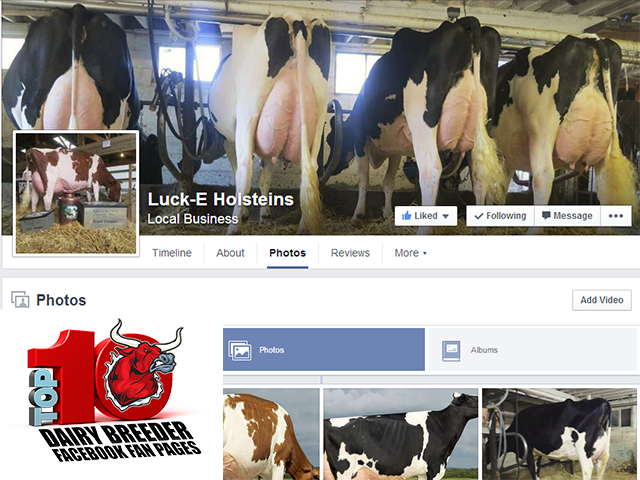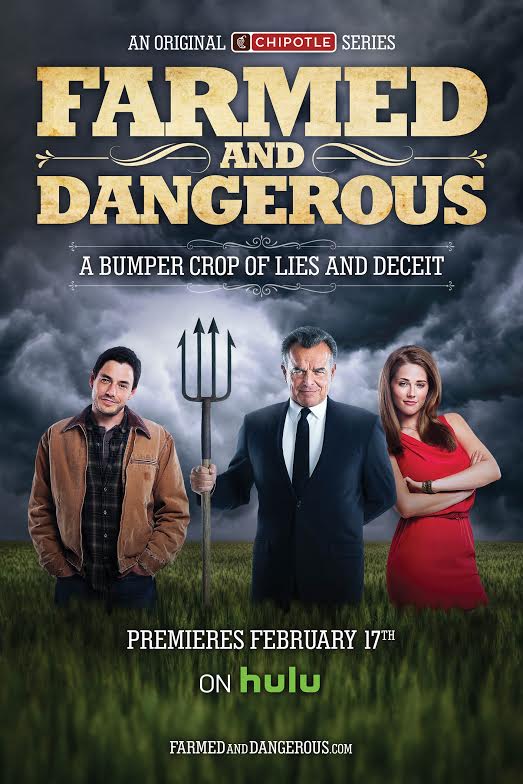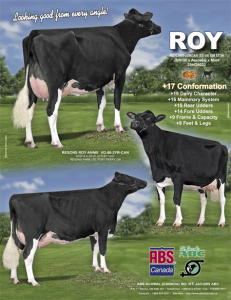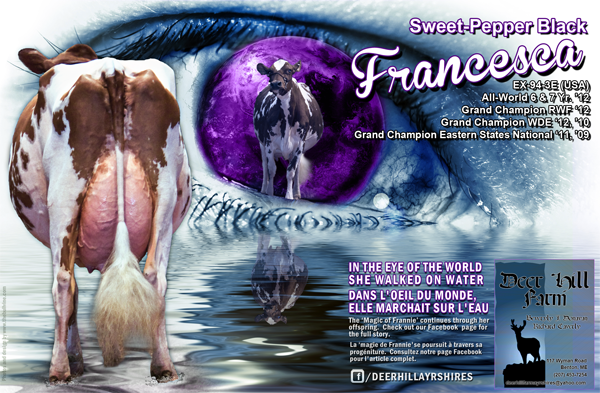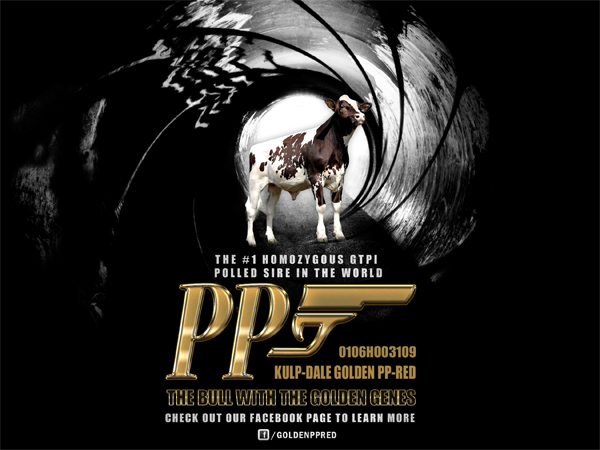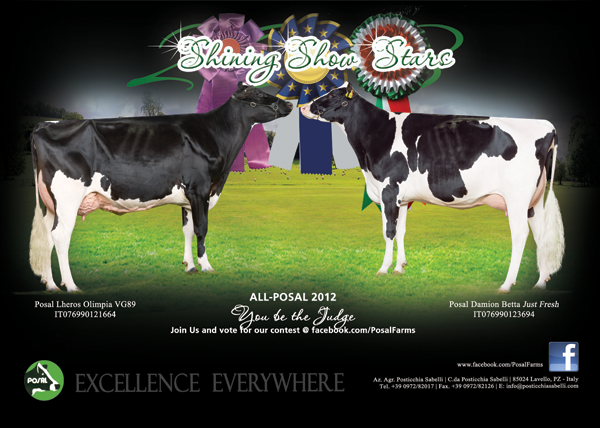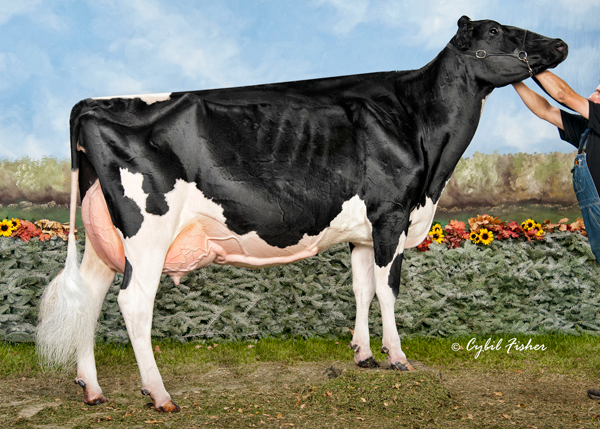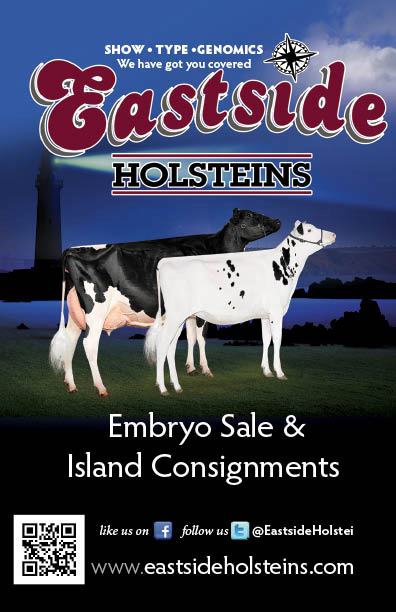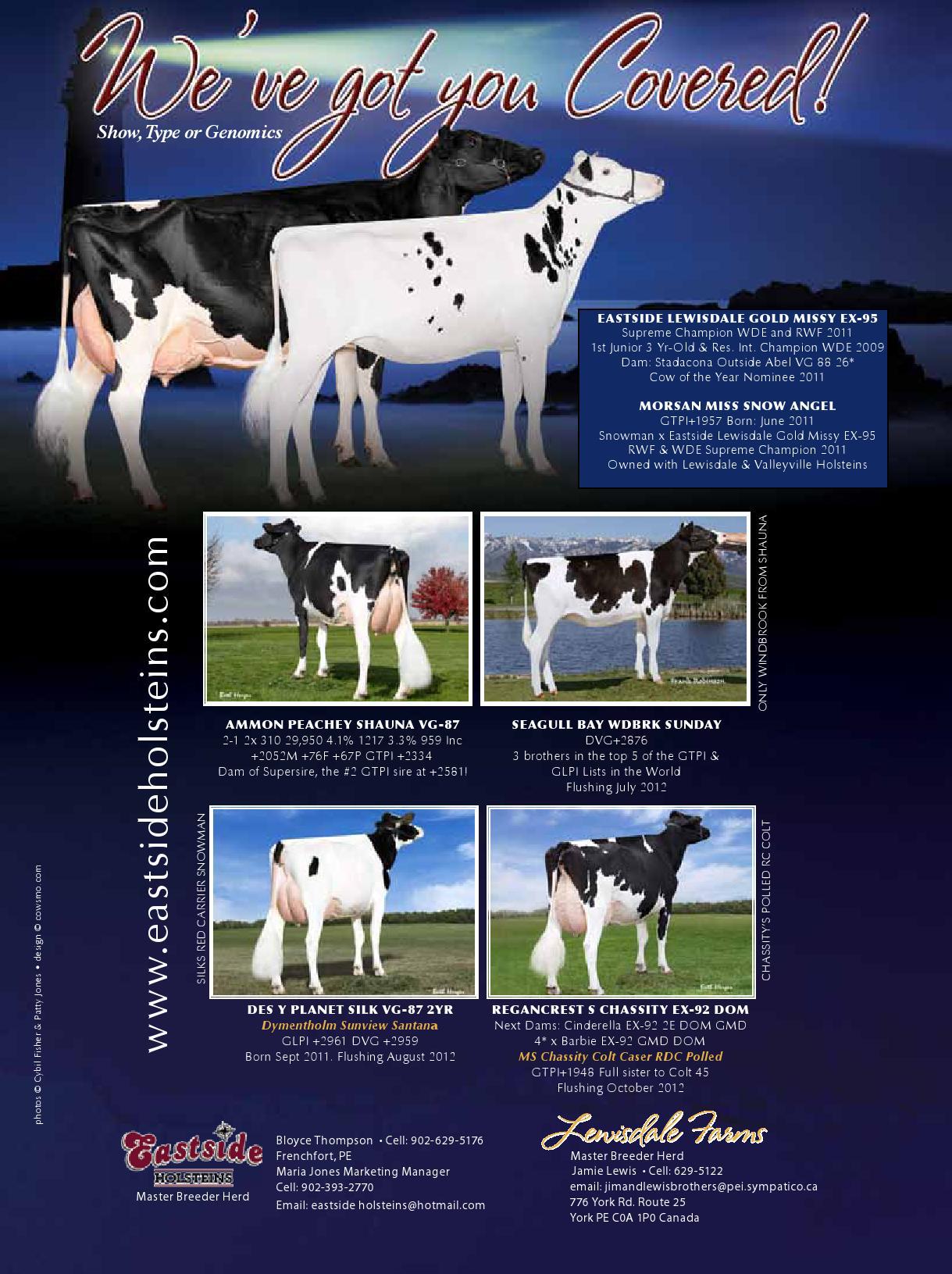There are numerous good reasons why you don’t want your name to be on a MOST WANTED criminals list. But today we are going to talk about 10 good reasons to work hard to get your dairy farm to be on a MOST WANTED FACEBOOK list. To be a Facebook Most Wanted you need to identified, recognized and sought after. Let’s look at ways you can use this form of social media to capture positive attention.
- Post an Action Photo
Share photos of your employees in action. Show photos of changing seasonal activities around the farm. It’s especially good to show staff as they handle the animals, from calving to milking. Get your readers in on the action. Post two or three and ask for readers to “like” the selection or choose their favorite. When a new calf is born, ask for suggestions for names. Give them the parameters you’re working in. For example, the name must start with letter “M” or fit in with the “Domino Family”. - Look Behind-the-Scenes
Quite often people think of just one activity on the dairy farm, and that is usually milking. You can post pictures that show how your business operates behind the scenes. This lets them see your office or shots of the variety of people who come to the farm and gives them a more dynamic understanding of how full each day is. When they see the large number of people you interact with: veterinarians, consultants, numerous feed suppliers and of course, the big tanker trucks that pick up the milk – they will gain an appreciation for how much organization and logistics it takes to get milk from the stable to the table. - Show the Funny Side of the Farm
Many non-farmers have romanticized ideas of how easy, simple and bucolic life on a dairy farm must be. We all know that there is a lot of hard work involved in this 24/7 career, but there are also opportunities to acknowledge the lighter, brighter and fun side of working with animals on a farm. The previously mentioned animal shots are a start to winning engaged followers, but many farm families are also creative in the way they bring togetherness and fun to their routine. Picnics in the field. Shots of future farmers with their favorite “pet” calf. Family conversations taking place anywhere on the farm, from haylofts to manure pits to leaning on the top rails to look at animals. I am fully convinced that this is how our family learned to look at life “from both sides of the fence.” Life on the farm is hard work but it is never boring or dull, and there’s always room for laughter and fun. This humanizes food producers and is something that will benefit us too as we count — and post — our bovine blessings! - “Let’s Talk!”
Sometimes when we feel that dairy farmers are understood; we bemoan the fact that we don’t have time to defend ourselves against what seems like constant criticism. Rather than worry about what we aren’t doing right, by using Facebook we have the opportunity to start a conversation — or a monolog — about what we’re doing right. What we are hoping for is to engage our audience in affirming dairying as a business. Instead of just seeking for a “like” when you give a status update, give your non-farming viewers an opportunity to share their perspective. Instead of “I’m off to the barn for milking at 4m.” you can say, “Headed out for the 4 a.m. milking and ask, “What do you do to get your morning started right?” - “Can you help me?”
People love to answer questions. Even more, than that they like to help solve problems. When you are mystified about non-dairy concerns, you can honestly ask for clarification. It’s a great way to build trust. There is no need to whine or be negative about bad press, but as you build Facebook followers, you will naturally have some questions raised about your animal care of farm practices. If you deal with the questions openly and honestly, you will have readers who become more invested and engaged in understanding what dairy farming involves. - “Show Off Your Employees”
Whether it’s a small family farm or very large dairy production center, another great way to show your personality is to show off your employees. Post pictures of your calf care team. Post an interview with your herd manager. If you are installing something new … make and post a video diary of your staff getting the job done. The best thing about this kind of content is that it humanizes dairying and contributes to the image of teamwork between employees and animals that makes everything flow smoothly. - “Share a Pat on the Back!”
Another facet of recognizing the human side of your dairy team involves congratulating them! This includes simple birthday and anniversary congrats but also recognizes extra-curricular studies or certification that your staff earns, as thy continue to grow their dairy strengths and abilities. This one small pat on the back – shared openly on Facebook – builds both self-esteem and teamwork. A simple “way to go” actually goes a long way toward building for the future. - Keep Calm and React to Controversies Promptly
In this 21st Century, there is always something controversial going on. Sometimes it’s not directly related to dairying, and you can comfortably piggyback your opinions on the news by offering your viewpoint. This can generate a lot of buzz – especially if your position is an alternative one. But, while this may cause arguments, it is still more comfortable than when the controversy directly involves you or your farm. When you are in the middle of controversy, the key is to react promptly and honestly. But don’t just say your opinion. Support your position with facts and evidence. Keep calm. Don’t over-react. Accept responsibility if that is called for. Things happen. The goal is to keep the conversation open. Name calling and character assassination can destroy all the good that you have been trying to build. - Give Testimonials
Wouldn’t it be wonderful, if all our hard work earned us those lovely little testimonial pieces that scroll by on Facebook news pages? We may not have the celebrity status for this, but there is nothing stopping us from being a promoter of our fellow dairy breeders. What is surprising about the idea of recognizing with photos and/or videos of what other dairy people are doing, is the fact that so few people take some time to do it. At the end of the day, the best promotion comes from the stories we share – and that get shared — about the great job we are doing. Is your dairy neighbor generous with his time in leading 4-H? Has another local dairy farm consistently topped the production or management lists? Do you know someone who donates produce, time or finances to those who are less fortunate? Facebook is excellent at giving a face to the heroes among us. - A Facebook Farm Tour is Worth a 1000 Words
It goes without saying that those farms which have the staff and time to give tours unanimously report a growing level of support from the public who takes part in the opportunity. When non-farmers are able to get face to face with dairy staff, they rarely leave without a heightened understanding of the passion that inspires dairy folks. For the rest of us, Facebook is the answer. Sometimes all you have to do is answer the recurring questions with a picture or quick video. The main thing here is to engage with what people want to know. It’s a close as you can get to a personal meeting. Use your virtual tour as a way to open the door to ongoing trust and communication.
The Bullvine Bottom Line
Try some of these ten methods to get your Farm Facebook page on the most sought after lists. It’s good for the dairy industry when farm Facebook postings become Most Wanted. To miss this opportunity would be a crime.
To learn how to get your farm on Facebook download this free guide.









